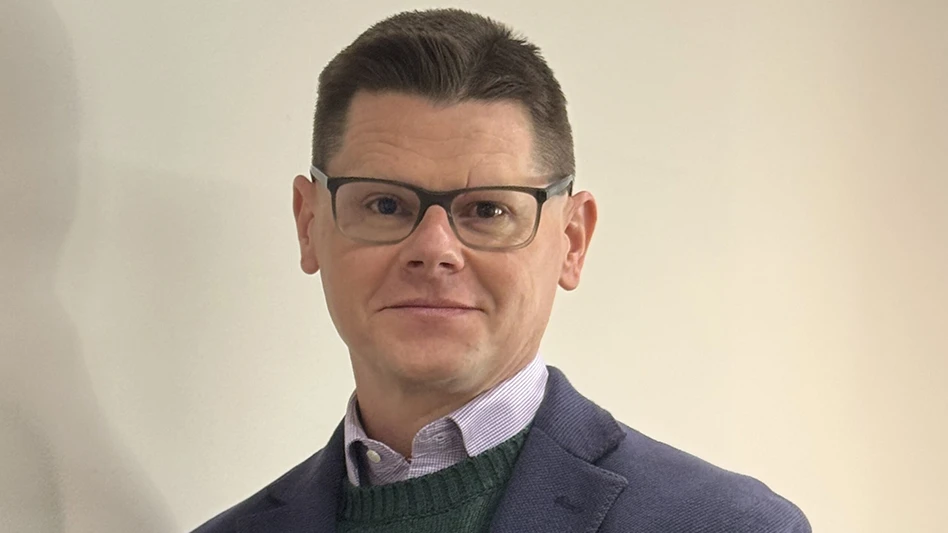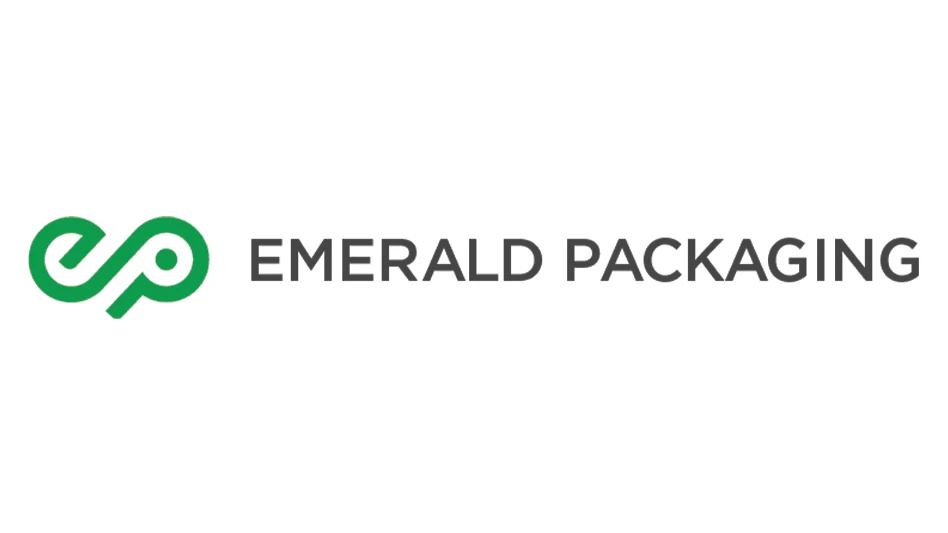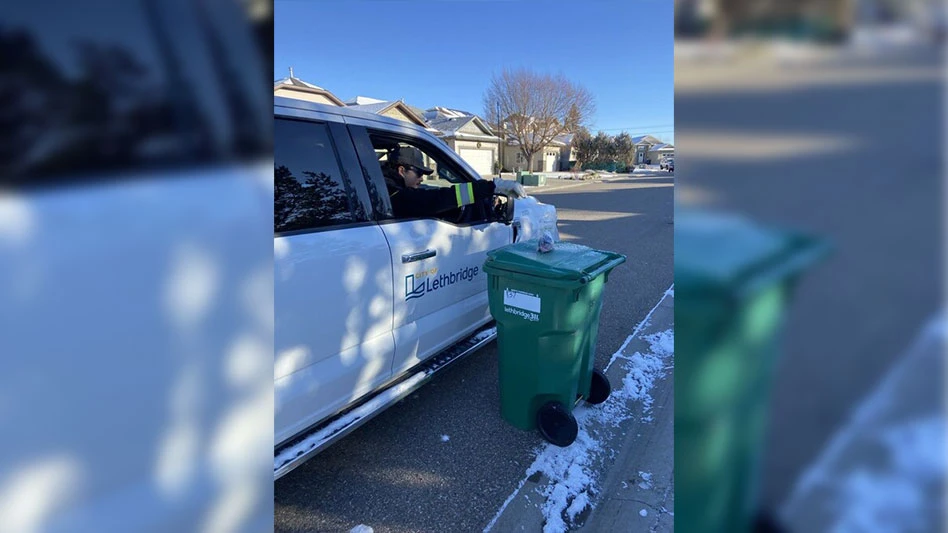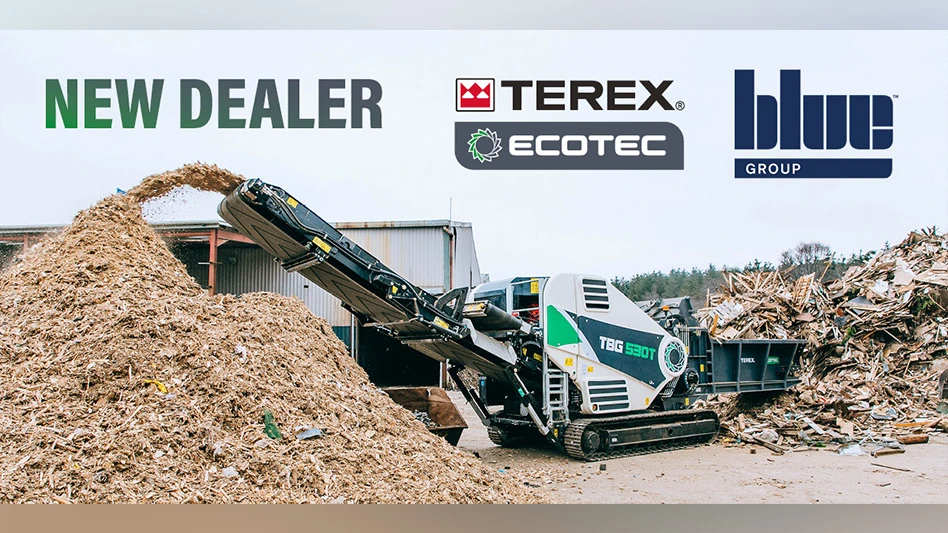
Photo courtesy of Sesotec GmbH
The European Union has set ambitious recycling targets for all of its member countries, and, in some cases, gains will need to be made to reach those looming goals.
In Hungary, up until 2016 RE-Glass Kft., with a head office in Orosháza and other yards in Budapest and Mezoörs, Hungary, processed 7,000 to 8,000 tons of flat glass per year, while bottle glass—because of the lack of modern processing technology—was only 1 to 3 tons per year.
As Hungary has only flint glass production, there was only a market for flint-colored flat and packaging glass domestically. The collected and treated mixed packaging glass was exported as mixed glass.
In 2016, Mátyás Máthé became the new owner of RE-Glass, assisted by Ferenc Aszódi as the firm’s managing director.
Although Hungary had been lagging behind the EU-wide average and standards for collecting and recycling discarded glass, the government of Hungary plans to introduce a deposit fee system in 2023 for packaging glass, designed to help meet EU expectations.
Máthé and Aszódi say, “These two pieces of information have induced us to embark on a major development that is going to be able to process the heavily contaminated glass waste from the current collection system. It will also be able to process the larger amount of cleaner glass waste generated by the deposit fee collection system.”
In 2018, Máthé and Aszódi visited the IFAT exhibition in Munich. There, they met several suppliers of sorting technologies before choosing KRS GmbH, a subsidiary of Schönberg, Germany-based Sesotec GmbH. In cooperation with KRS, RE-Glass has now built what it calls the most modern plant in Hungary for sorting and processing bottle glass, capable of processing 8 to 10 tons per hour.
Foreign materials posed the biggest challenge to the new plant. Contaminants such as ceramics, stones and porcelain (CSP), metals, paper and plastics comprise as much as 15 to 20 percent of the total weight of all collected glass. To overcome this challenge, KRS supplied a sorting system that meets several requirements
Four Spektrum separation systems are connected in the line. They separate foreign materials such as magnetic and nonmagnetic metals, CSP, non-transparent plastics and special glass materials, and sort the mixed glass by color. The results are contaminant-free and color-pure streams of glass material, says Sesotec.
The plant was commissioned in October 2019. Less than a year later, an additional 600-square-meter (6,450-square-foot) hall was added to house new equipment. Surrounding the hall is an approximately 3,500-square-meter (37,600-square-foot) paved area with an 800-square-meter (8,600-square-foot) covered and 600-square-meter (6,450 square feet) open storage area.
Hungarian companies, in cooperation with KRS, built the supporting structure of the halls, manufactured and installed the conveyor belts and the electrical wiring, and also built the programmable logic controller (PLC) system for the plant.
A trial run took place in September 2020, during which KRS specialists set up the sorting units and installed the Sesotec Visudesk software. With Visudesk, it is possible to monitor the four Spektrum sorters remotely, make fine adjustments and track error messages. In this way, KRS can check settings and provide remote support if necessary, according to Sesotec.
The technology provided by KRS and Sesotec makes it possible to produce high-quality recycled glass the companies say is the perfect product for reuse in the glass industry. “Color sorting technology has helped us increase the amount of flint glass that we produce for the domestic market,” Máthé says.
“At the same time, our mixed glass exports now contain a smaller proportion of flint glass. The processing quality and quantity have also increased. We hope that our government will introduce a deposit system as announced. With a new deposit system in place, we can continue to successfully operate in three shifts, or even begin to operate continuously using the equipment supplied to us by KRS.”
Máthé continues, “However, our latest technology line selects all foreign materials (magnetizable and non-magnetizable metals, individual paper and plastic waste); four optical sorters are built one behind the other to ensure that ceramics and wire glass are also taken out of the glass waste. Therefore, a completely contamination-free glass product is obtained.”
Aszódi says, “Additionally, we sort mixed glass waste collected by us or our partners by color. Above all these, according to the demands of our customers, we are able to set the color selection rate with an accuracy of 1 to 2 percent. One of our Hungarian partners produces glass foam from zero to 6 millimeters and glass cullet. So, you can say that the glass waste we process continues its life as a 100 percent glass product. The circular economy is a reality, and RE-Glass is making a big contribution here.”
Latest from Recycling Today
- China to introduce steel export quotas
- Thyssenkrupp idles capacity in Europe
- Phoenix Technologies closes Ohio rPET facility
- EPA selects 2 governments in Pennsylvania to receive recycling, waste grants
- NWRA Florida Chapter announces 2025 Legislative Champion Awards
- Goldman Sachs Research: Copper prices to decline in 2026
- Tomra opens London RVM showroom
- Ball Corp. makes European investment





